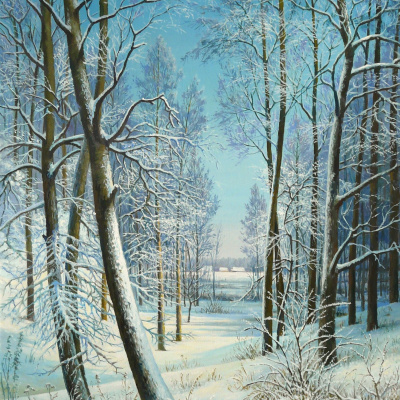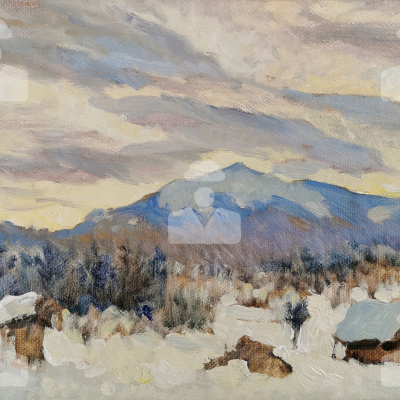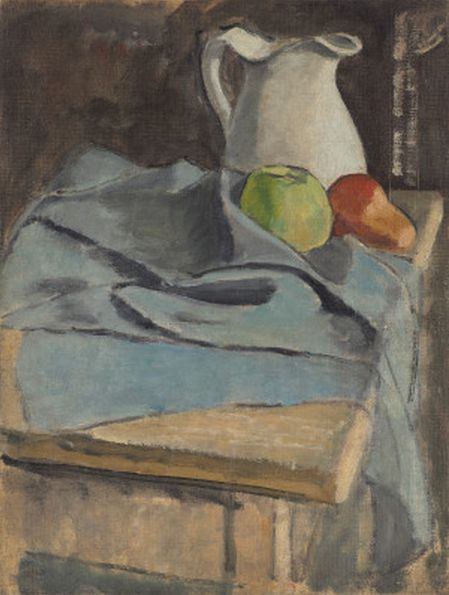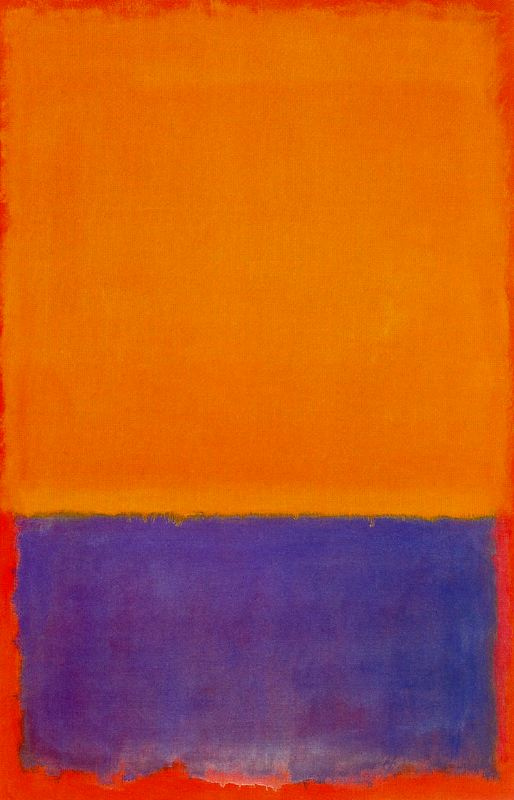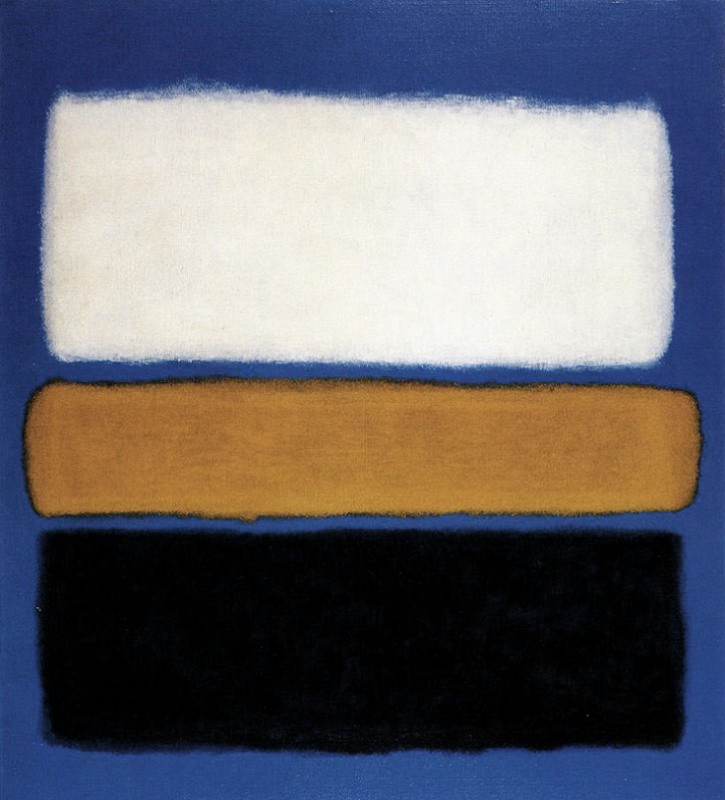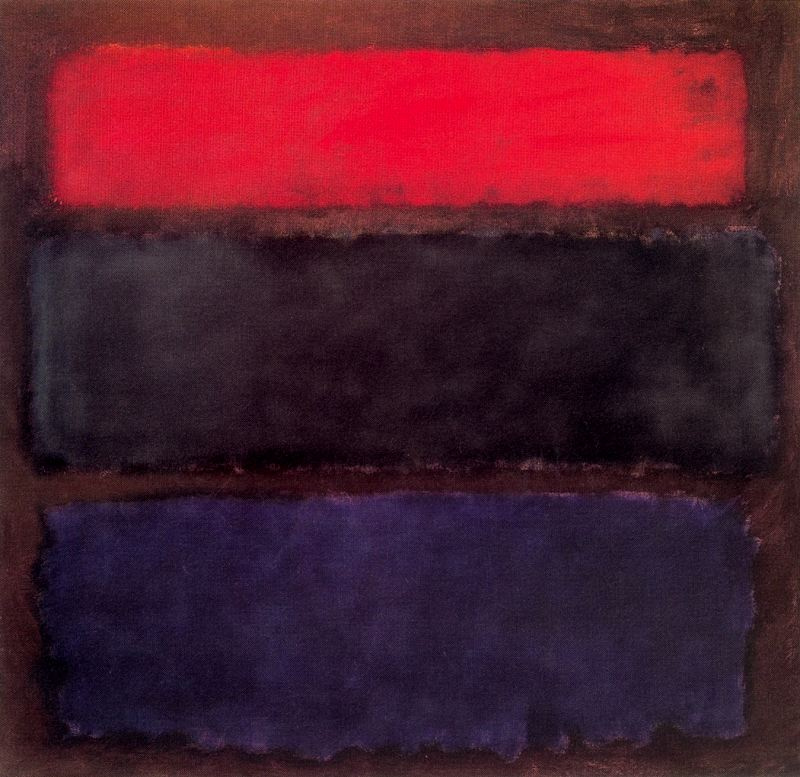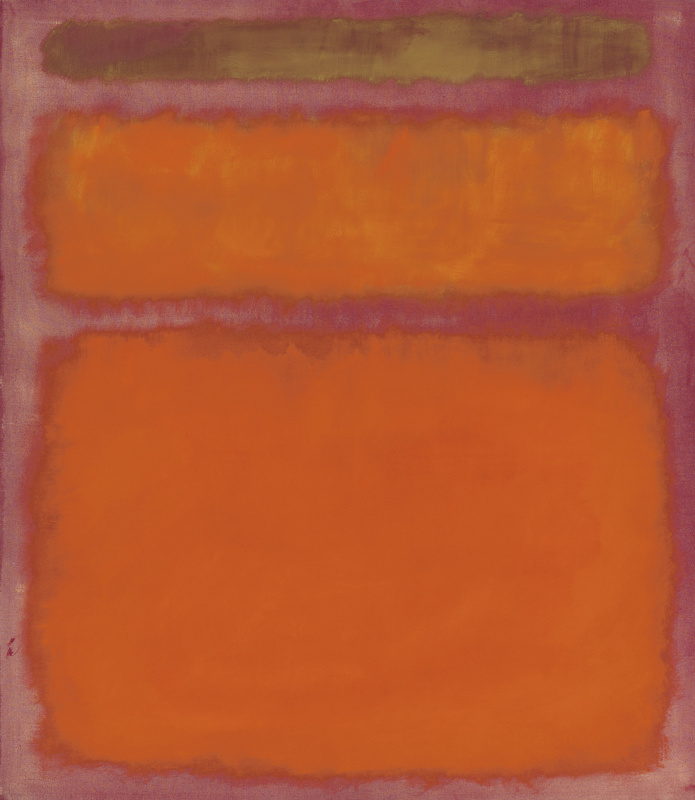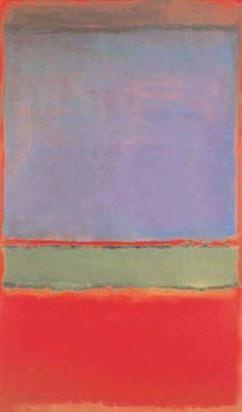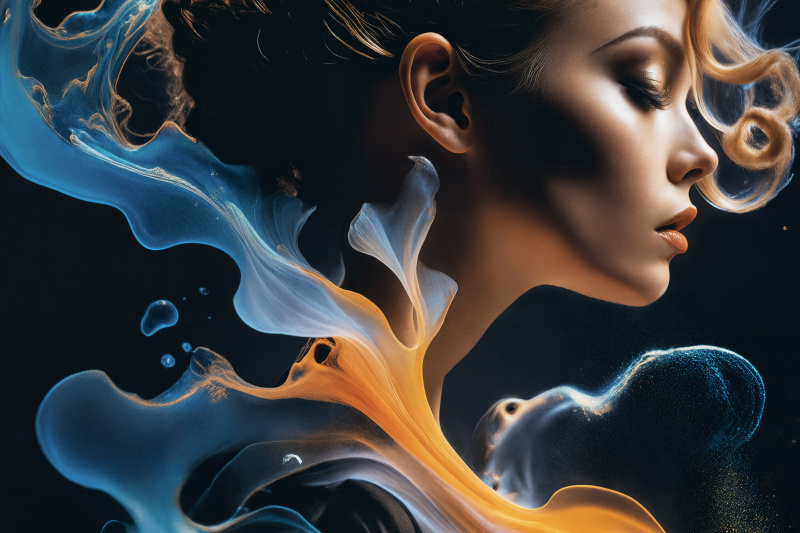The San Francisco Museum of Modern Art initiated the sale of a major work by Mark Rothko to "address art historical gaps" like works by female artists and artists of color. The museum plans to use the proceeds to diversify its collection, which is heavy on white, male, and blue-chip figures.

The artwork "Untitled" (1960) by Mark Rothko was in the museum’s collection since Peggy Guggenheim donated another work by the artist, "Slow Swirl at the Edge of the Sea", in 1946, but at the request of the museum this work was later swap for a more contemporary example of the artist’s work, "Untitled" as a result.
Experts say that the deep burgundy oil on canvas, a main color field painting by the artist, can bring $35−50 million at Sotheby’s New York Contemporary Art Evening Auction. The proceeds will also be allocated to create a new fund for future acquisitions. It is planned to travel to London, Taipei, and Hong Kong, before returning to New York for exhibition and eventual auction in May.

Mark Rothko, Untitled (1960). Image courtesy of Sotheby’s.
As the representatives of the museum said, this artist’s work was put up for auction at Sotheby’s "in order to diversify widely the SFMOMA collection, expand its modern stocks and fill gaps in the history of art in order to continue to expand the boundaries and introduce fresh ideas."

Unlike favorite monumental masterpiece of the artist, No.14, 1960, which is on permanent display in the museum and is a cornerstone of SFMOMA’s collection, Rothko’s Untitled, 1960 has not been exhibited at the museum since 2002 or even lent since 2008.
It is considered by many to embody Rothko’s creative crescendo and the full scope of his practice. Committed to exploring the power in art to elicit strong emotional reactions, Rothko moved on from bright colors of the 50's and favored more romantic and spiritual deep reds and burgundies in the 60's. The scale of the painting, almost proportional to a human body, creates a powerful and emotional viewing that immerses the viewer in the painting.
SFMOMA’s painting and sculpture curator Gary Garrels told the Chronicle that the Rothko is "a very good painting, but it’s not of the first rank."
Left: Mark Rothko, No. 14, 1960; San Francisco Museum of Modern Art, Helen Crocker Russell Fund purchase.; © 1998 Kate Rothko Prizel & Christopher Rothko / Artist Rights Society (ARS) New York; photo: Katherine Du Tiel
It is considered by many to embody Rothko’s creative crescendo and the full scope of his practice. Committed to exploring the power in art to elicit strong emotional reactions, Rothko moved on from bright colors of the 50's and favored more romantic and spiritual deep reds and burgundies in the 60's. The scale of the painting, almost proportional to a human body, creates a powerful and emotional viewing that immerses the viewer in the painting.
SFMOMA’s painting and sculpture curator Gary Garrels told the Chronicle that the Rothko is "a very good painting, but it’s not of the first rank."
Left: Mark Rothko, No. 14, 1960; San Francisco Museum of Modern Art, Helen Crocker Russell Fund purchase.; © 1998 Kate Rothko Prizel & Christopher Rothko / Artist Rights Society (ARS) New York; photo: Katherine Du Tiel

The San Francisco Museum of Modern Art (SFMoMA). Courtesy of Getty Images.
"SFMOMA is very fortunate to have rich holdings of Mark Rothko, including his undisputed masterpiece No. 14, 1960, which was acquired in the late 1990s as the result of another strategic deaccession. The proceeds from the sale will allow us to make great strides advancing our mission to diversify the collection," said Gary Garrels, Elise S. Haas Senior Curator of Painting and Sculpture. "Janet Bishop, Thomas Weisel Family Curator of Painting and Sculpture, and I are creating a focused plan and list of priority acquisitions. Works will be proposed to our Accessions Committee for review as early as May 29, 2019."
SFMOMA’s collecting policies and procedures provide the criteria used in the consideration of deaccessioning. Criteria include: that the object is either outside the scope of the collection or is duplicative; to initiate deaccession, the work cannot be created by a living artist; works by living artists are not to be sold except to acquire a superior work by the same artist, and then only with the agreement of the artist.
Mark Rothko was recognized a great artist by the American court. This happened as a result of "art trial of the century" in the case of the Marlborough Fine Art Gallery, whose representatives, using the artist’s naivety in financial matters, bought several hundred of Rothko’s paintings for undervalued prices.
Having estimated the brilliant investment prospects of the Rothko heritage, the Marlborough Gallery, in collusion with Bernard Rice, whom the artist trusted, inclined Mark to sign a fraudulent contract. So, having paid 12 thousand dollars for a painting, the Duke of Marlborough and his partner Lloyd literally the next morning could sell it for 200 thousand. In addition, the foundation received the rights to dispose of Rothko’s artistic property after his death.
The children of the artist Christopher and Kate sued the unscrupulous dealers to return the legacy of his father. As many as four pages of the final verdict on the Rothko case are set aside for the meaning of his ouevre in the art history. "All the experts who spoke before the court reinforced my opinion that Rothko was a great master," said Judge Midonic.
According to the verdict of the court, the cost of the paintings indicated in the contract with the Marlboro Gallery did not correspond to their actual artistic value. Therefore, the contract was canceled, and more than 600 of his paintings were returned to the children of Rothko. Many of them Kate and Christopher donated to museums and galleries around the world. Marlborough A.G.'s founder Frank Lloyd paid a third of the $9.2 million award to the Rothko children as a fine against Marlborough for violating the court’s injunction against the sale of any further paintings before a final ruling or settlement.
Mark Rothko’s painting "No 1 (Royal Red and Blue)" was sold at Sotheby’s for $ 75.1 million in November 2012.
The picture "Orange, Red, Yellow" in 2012 was sold for 86.8 million dollars, setting a new nominal value record for a postwar painting at a public auction and putting it on the List of most expensive paintings.
The painting "No 6 (Purple, Green, Red)" became one of the most expensive paintings sold at private auction in 2014 beyond 140 million euros. This painting implicated in the infamous Bouvier Affair. It was privately bought for €140 million by Dmitry Rybolovlev in 2014. Rybolovlev is thought to have bought the painting from Christian and Cherise Moueix, proprietors of the prestigious wine-estate, Château Pétrus, via the Swiss dealer, Bouvier. Rybolovlev learnt that Bouvier had actually bought the painting (rather than simply acting as a dealer) from Christian and Cherise Moueix for nearly €80,000,000 before selling it on to Rybolovlev for €140,000,000.
The picture "Orange, Red, Yellow" in 2012 was sold for 86.8 million dollars, setting a new nominal value record for a postwar painting at a public auction and putting it on the List of most expensive paintings.
The painting "No 6 (Purple, Green, Red)" became one of the most expensive paintings sold at private auction in 2014 beyond 140 million euros. This painting implicated in the infamous Bouvier Affair. It was privately bought for €140 million by Dmitry Rybolovlev in 2014. Rybolovlev is thought to have bought the painting from Christian and Cherise Moueix, proprietors of the prestigious wine-estate, Château Pétrus, via the Swiss dealer, Bouvier. Rybolovlev learnt that Bouvier had actually bought the painting (rather than simply acting as a dealer) from Christian and Cherise Moueix for nearly €80,000,000 before selling it on to Rybolovlev for €140,000,000.
Follow Arthive on Instagram
Based on materials from Artnet, SFMOMA official site.
Title illustration: Mark Rothko, Untitled (1960).
Title illustration: Mark Rothko, Untitled (1960).






